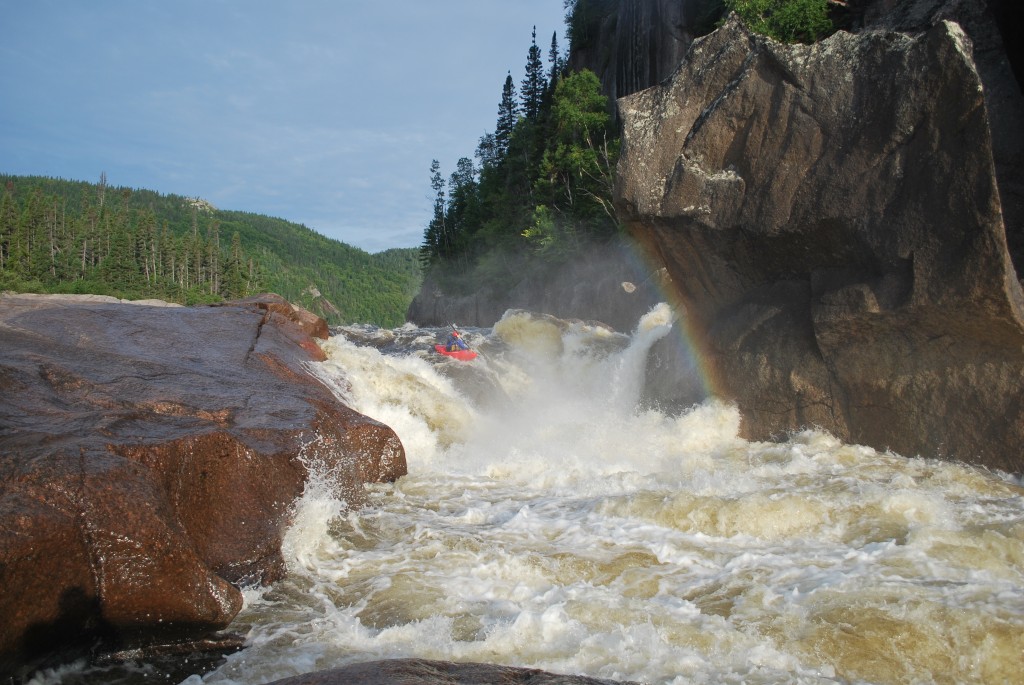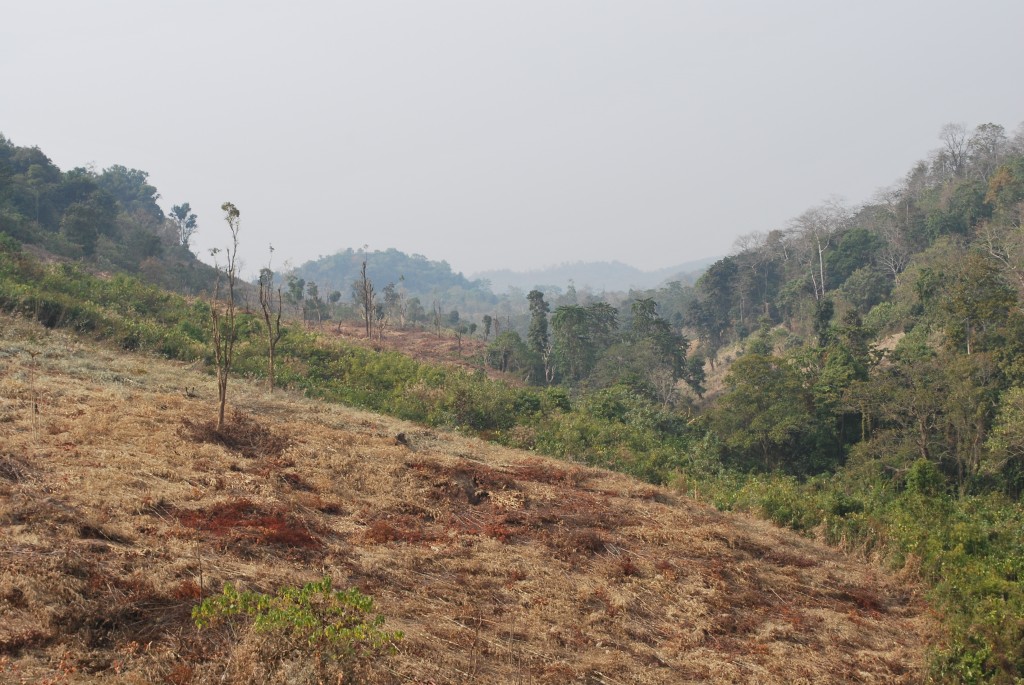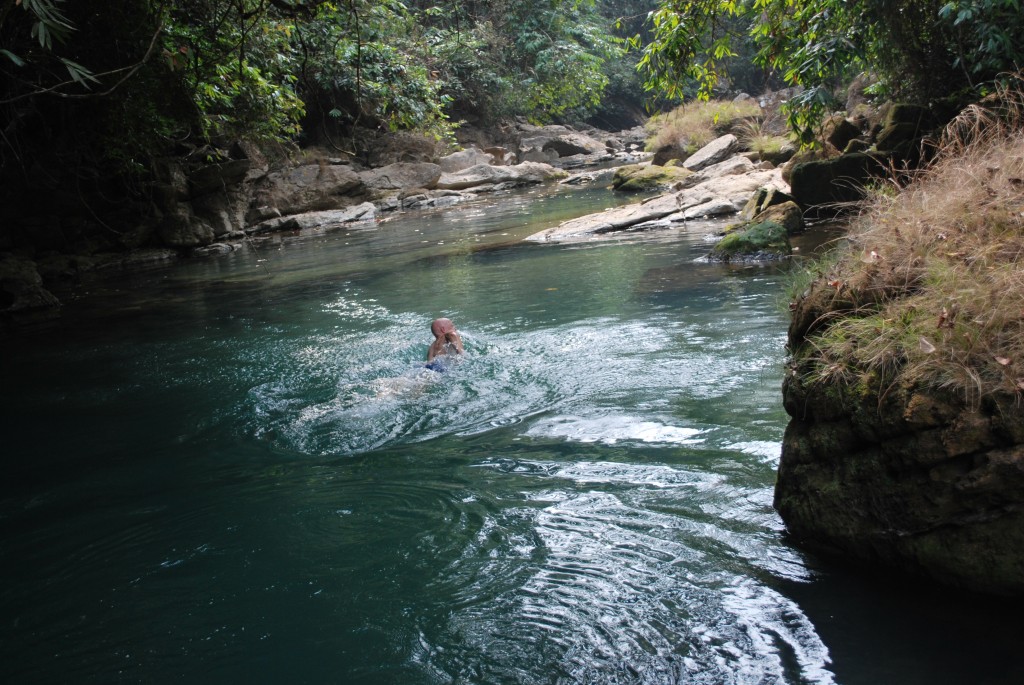Some master’s students at Duke have the opportunity to work with a professor or staff member for 8 hours a week throughout the school year, a position called an Assistantship. It pays $13.40 an hour and is considered merit-based aid.
I did my assistantship with Dr. Jeff Vincent, an economics professor. During the year, I did a lot of GIS and Excel work with him. I also got to travel to Malaysia to do research there for a week (this is not typical of most assistantships).
Throughout the year, my work resulted in the generation of three manuscripts. One of those papers, “Valuing Water Purification by Forests: An Analysis of Malaysian Panel Data” was published in the journal Environmental and Resource Economics in July, 2015.
I discuss that paper in this post.

A major focus in the conservation world today is finding (and perhaps creating) economic incentives to perform acts of conservation.
This method has its detractors, but proponents assert that if we can find additional motivations for conservation, that can only help the conservation effort.
If you follow conservation news, or even the Pope’s encyclical on climate, you may have heard of ecosystem services.
Essentially, functioning ecosystems provide positive benefits to people. To name a few services: healthy ecosystems sequester carbon, stop erosion, and purify air and water.
People frequently cite water purification as one of the most economically valuable aspects of ecosystems services. Water that passes through a healthy ecosystem is less contaminated, and it thus costs less to treat.
People are also willing to pay for water.

The best known case of an economically motivated land conservation action to purify water occurred when New York City opted to restore watersheds in the Catskill Mountains rather than build a new multi-billion dollar filtration plant in the 1990’s.
It was generally understood that land restoration in the headwaters would be cheaper than the cost of the plant.
How much cheaper though? How great were the benefits of conserving forest compared to the cost of treating water?

These questions are difficult to answer for a variety of reasons, but mostly because these benefits are hard to quantify.
However, as some have recently noted, we are entering “the cost-benefit state” – and knowing these precise values is becoming more and more important.
Previous researchers who have tried to examine exactly how beneficial healthy forests are for water purification, however, have mostly focused on the effect of the quality of the water going into a water filtration plant.
They haven’t been as concerned with, or able to tease apart, what the effect of forest cover is on water treatment cost.

We looked at monthly water treatment costs across 41 treatment plants throughout Malaysia from 1994-2007. Malaysia has exceedingly good data on forest cover and water treatment costs – allowing us to address these and other questions for the first time.
Additionally, we could control for a lot of factors that may have otherwise made our analysis less robust – such as the varying amount of rain present in the monsoon-driven climate of Malaysia.

Question: How much forest do you need?
Understanding this is particularly important in developing countries, because deforestation rates are much higher than in developed countries, and drinking water quality is often poorer.
Some programs have been established, particularly in Ecuador and Vietnam, to pay people to conserve the water quality service that forests provide, but there has been little established evidence about their effectiveness or value.
Conservatively estimating, we found that protecting virgin and logged forests against conversion to nonforest land uses can reduce the operating costs of water treatment plants.
Specifically, averaging across the 41 treatment plants, we found that avoiding the conversion of 1% of a catchment from forest to nonforest land use reduced treatment cost by 1.16% in the case of virgin forest and 0.85% in the case of logged forest.

Question: How do the benefits provided by the forest compare with the cost of water treatment?
We defined marginal value as the annual reduction in treatment cost that results from the conversion of 1 ha of virgin forest to a non-forest land-use.
Our research suggests that the forest’s value to the treatment plants was equivalent, on average, to more than a third of the plants’ aggregate expenditures on priced inputs (labor, energy, chemicals, maintenance).
Overall, the marginal value trendline was downward, in keeping with textbook marginal benefit curves.
The marginal values varied greatly across the treatment plants (forest cover was more valuable to some treatment plants than others) – highlighting the importance of many factors in the environment to water treatment cost.
In one case, the overall benefit to a treatment plant was greater than the expenditure on all priced inputs.

Question: How do the economic benefits of providing water purification compare with the economic benefits of converting the land to some other use (e.g. agriculture)?
Maintaining virgin forest also incurs an opportunity cost, or the cost of otherwise pursuing some other opportunity with the land. In this case, virgin forest would likely be converted to rubber or oil palm plantations.
The annual economic return from these plantations was much higher than the return we found from maintaining a high quality forest for the water treatment plants.
On its face, this suggests that the value of water purification does not justify protecting the forests from agricultural conversion, as that would result in a higher economic return for the community.
However, we felt that this comparison exaggerated the gap between the purification service’s marginal benefit and its marginal cost for a few reasons.
- We used conservative methods to estimate the marginal benefit, which likely underestimated such a benefit.
- Establishing rubber and oil palm plantations requires substantial investments in infrastructure, terracing, and drainage, which we were not able to factor into our calculations. Additionally, our estimates of plantation returns were nationwide averages across Malaysia, including many highly productive lowland plantations.
- These lowland sites offer superior growing conditions to and lower investment costs than creating plantations in the headwaters above the treatment plants. Thus, we overestimated the opportunity cost by an unknown, but surely large, amount.
Overall, this suggests that water purification services would more likely justify protection of virgin forests in locations where the main threat comes from logging (i.e., degradation), not conversion to plantation crops (deforestation).

Conclusions:
The significant heterogeneity of benefits across treatment plants highlights the fact that there are likely many situations where protection of virgin forests could be justified just for the economics alone.
Additionally, water purification is just one service that tropical forests can supply.
Protection decisions that appear to be economically unjustified when only water purification is considered might turn out to be justified when a broader range of services is taken into account.



Tripp—
I appreciate your artfully crafted blog. The way you couch the description of your analysis within a larger context of ecosystem services as well as an ethical orientation (in your links), is helpful to the way cost-benefit analysis should proceed, I think, especially since full cost, full benefit accounting will always be somewhat lacking– given the requirement to bound what counts in terms of people/time/space…
Very informative on highlighting the cost-benefit state, as well.